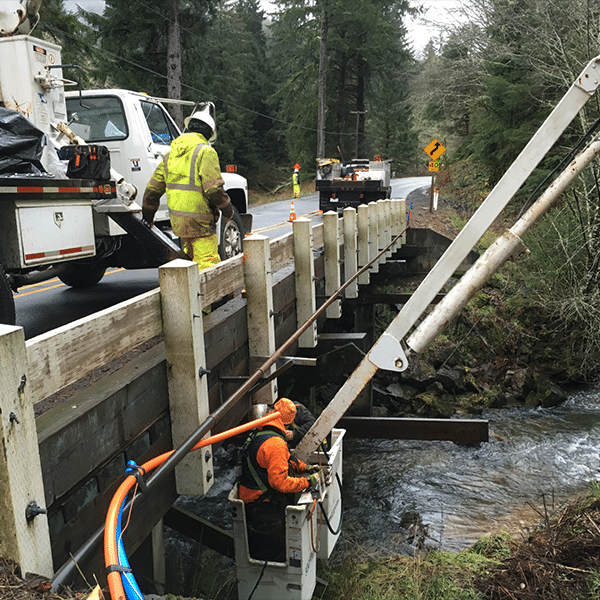 Fiber broadband providers have offered symmetrical gigabit services for some time, offering it as a key differentiator over competing cable broadband services that can only offer asymmetrical broadband. Indeed, symmetrical broadband of any type, featuring the same speeds for download and upload, has effectively been positioned as a better broadband experience over cable broadband.
Fiber broadband providers have offered symmetrical gigabit services for some time, offering it as a key differentiator over competing cable broadband services that can only offer asymmetrical broadband. Indeed, symmetrical broadband of any type, featuring the same speeds for download and upload, has effectively been positioned as a better broadband experience over cable broadband.
That advantage may not last forever. CableLabs has taken the wraps off an initiative that may ultimately enable cable broadband providers to offer symmetrical broadband speeds of up to 10 Gbps or more. Described as full duplex DOCSIS 3.1 technology, the effort aims to leverage Frequency Division Duplexing (FDD) or Time Division Duplexing (TDD) technologies with the emerging DOCSIS 3.1 standard to “…yield DOCSIS 3.1 network performance of up to 10 Gbps symmetrical on 1 GHz HFC networks.”
The first evolution of DOCSIS 3.1 will allow cable operators to deliver true gigabit service, but in its traditional asymmetrical form. Comcast and many other cable MSOs have already committed to roll out this first cable gigabit broadband iteration.
The move to enable symmetrical gigabit service is now underway, although a definitive timeline has not been established. We’re very much in the discovery phase right now.
[youtube]https://youtu.be/ys7Zhc0WMTU[/youtube]
“Over the next few months, we will engage with a team composed of our members and vendors who can help us further validate and mature the technology,” reports Belal Hamzeh, VP Wireless, R&D and Dan Rice, SVP, R&D, CableLabs in a blog post about the cable symmetrical gigabit service plans. “Following which, if all signs remain positive, the project will transition from an innovation effort into an R&D project, open to all interested participants.”
